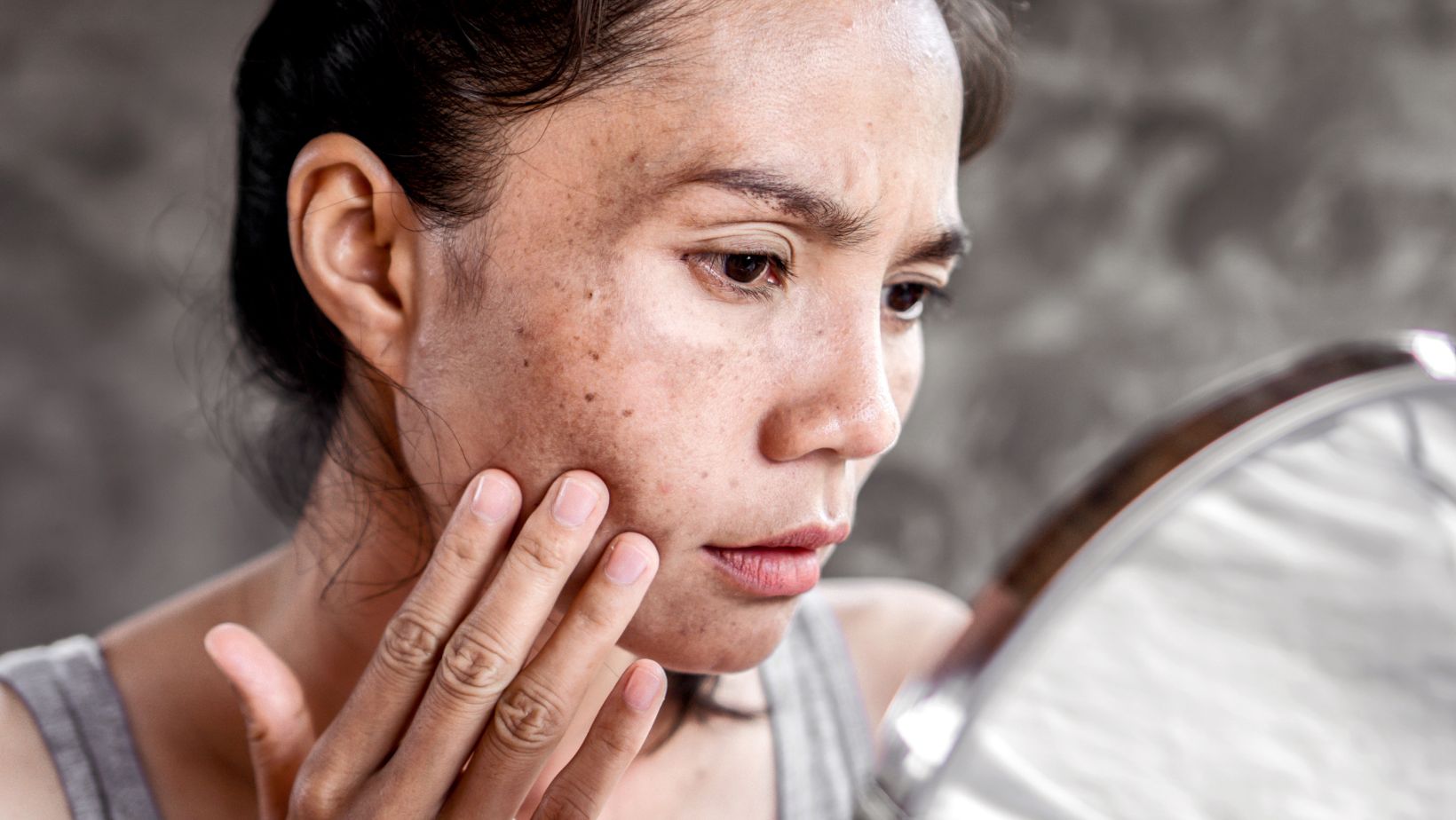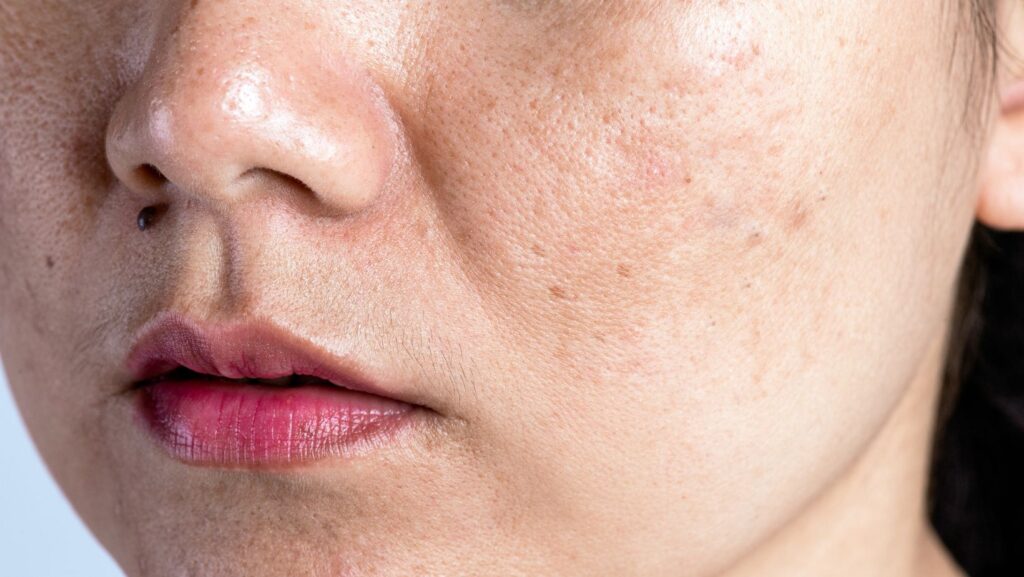Ever noticed a new bump or spot on your skin and wondered what it was? Skin conditions are common and can range from harmless moles to more concerning growths. Understanding what these spots are helps you decide when to seek treatment.
Professional mole removal in Singapore offers safe and effective solutions for both cosmetic concerns and potential health risks. Most dermatologists recommend evaluation of any changing moles, especially those that grow, change color, or develop irregular borders.
Singapore’s humid climate can sometimes worsen certain skin conditions, making professional assessment particularly important. Dermatologists can properly diagnose your skin concerns and recommend appropriate treatments, from simple monitoring to complete removal when necessary.
Identifying Common Skin Bumps and Spots
Skin bumps and spots come in many different forms, each with distinct characteristics that help determine proper treatment approaches. Understanding what you’re dealing with is the first step toward effective management.
Acne and Related Conditions
Acne is one of the most common skin conditions, affecting people of all ages. It appears when hair follicles become clogged with oil and dead skin cells.
Common acne types include:
- Blackheads: Open plugged pores that appear dark due to oxidation
- Whiteheads: Closed plugged pores that remain under the skin
- Papules: Small, tender red bumps
- Pustules: Papules with pus at their tips
Cystic acne forms deeper in the skin and creates painful, pus-filled lumps. This severe form often requires medical treatment to prevent scarring.
Acne usually appears on the face, chest, and back where oil glands are most active. Hormonal changes, genetics, and certain medications can trigger breakouts.
Eczema and Inflammatory Conditions
Eczema (atopic dermatitis) causes patches of inflamed, itchy skin that may appear red, dry, and rough. This chronic condition often flares up periodically.
Key characteristics of eczema include:
- Intense itching
- Dry, sensitive skin
- Raised bumps that may leak fluid when scratched
- Thickened, cracked skin from chronic scratching
Inflammation plays a central role in eczema development. Environmental triggers like soaps, detergents, and weather changes can worsen symptoms.
Other inflammatory skin conditions include contact dermatitis (triggered by direct contact with irritants) and seborrheic dermatitis (creating scaly patches on oily areas of skin).
Moles and Skin Cancer Risk
Moles are growths that appear when skin cells grow in clusters rather than spreading throughout the skin. Most are harmless but some can develop into melanoma.
When examining moles, follow the ABCDE rule:
- Asymmetry: One half doesn’t match the other
- Borders: Irregular, ragged, or blurred edges
- Color: Varying shades of brown, black, or multiple colors
- Diameter: Larger than 6mm (pencil eraser size)
- Evolving: Changes in size, shape, or color

Risk factors for concerning moles include excessive sun exposure, family history of skin cancer, and having fair skin. Regular skin checks help detect changes early.
Mole removal in Singapore is a common procedure when suspicious characteristics are present. Professional evaluation is essential when moles change appearance.
Treatment and Removal Options in Singapore
Singapore offers various treatments for skin bumps and spots, ranging from simple topical medications to advanced surgical procedures. Most treatments are available at dermatology clinics, hospitals, and specialized aesthetic centers across the island.
Topical Treatments and Medications
Many common skin bumps respond well to over-the-counter or prescription topical treatments. For acne and small bumps, products containing salicylic acid or glycolic acid help exfoliate the skin and clear pores.
Antibiotics in cream or gel form treat infected skin bumps. They reduce inflammation and kill bacteria that cause conditions like folliculitis.
For eczema and psoriasis-related bumps, topical steroids reduce inflammation and itching. These are available in different strengths depending on severity.
Retinoids derived from vitamin A improve cell turnover and help with acne, keratosis pilaris, and some types of moles. These should be used carefully as they can cause irritation.
Singapore’s pharmacies and dermatology clinics offer these treatments with proper guidance from healthcare providers.
Surgical and Cosmetic Procedures
For persistent or concerning skin growths, several procedural options are available in Singapore:
Cryotherapy/Cryosurgery: Uses extreme cold to freeze and destroy abnormal tissue. Effective for warts, skin tags, and some precancerous lesions.
Electrocautery: Removes skin growths using heat from an electric current. Good for skin tags, small moles, and seborrheic keratoses.
Laser Treatments: Target specific skin concerns with different wavelengths:
- CO2 lasers for warts and shallow moles
- Pulsed dye lasers for vascular lesions
- Fractional lasers for scars and sun damage
Chemical Peels: Apply acids to remove damaged outer skin layers, improving appearance of bumps, spots, and scars.
Special Considerations for Mole Removal
Mole removal requires careful assessment by qualified specialists. Singapore’s dermatologists evaluate moles based on the ABCDE rule:
- Asymmetry
- Border irregularity
- Color variation
- Diameter larger than 6mm
- Evolving size, shape, or color
Removal techniques include:
- Shave excision – for raised moles
- Punch excision – for smaller moles
- Surgical excision – for larger or suspicious moles

After removal, specialists typically send tissue for biopsy to check for abnormal cells. Singapore’s medical facilities consider this standard practice.
Recovery usually takes 1-2 weeks. Most clinics provide specific aftercare instructions to minimize scarring.
Cost varies between S$200-S$1000 depending on the clinic, mole size, and removal method. Some procedures may be covered by insurance if medically necessary.
